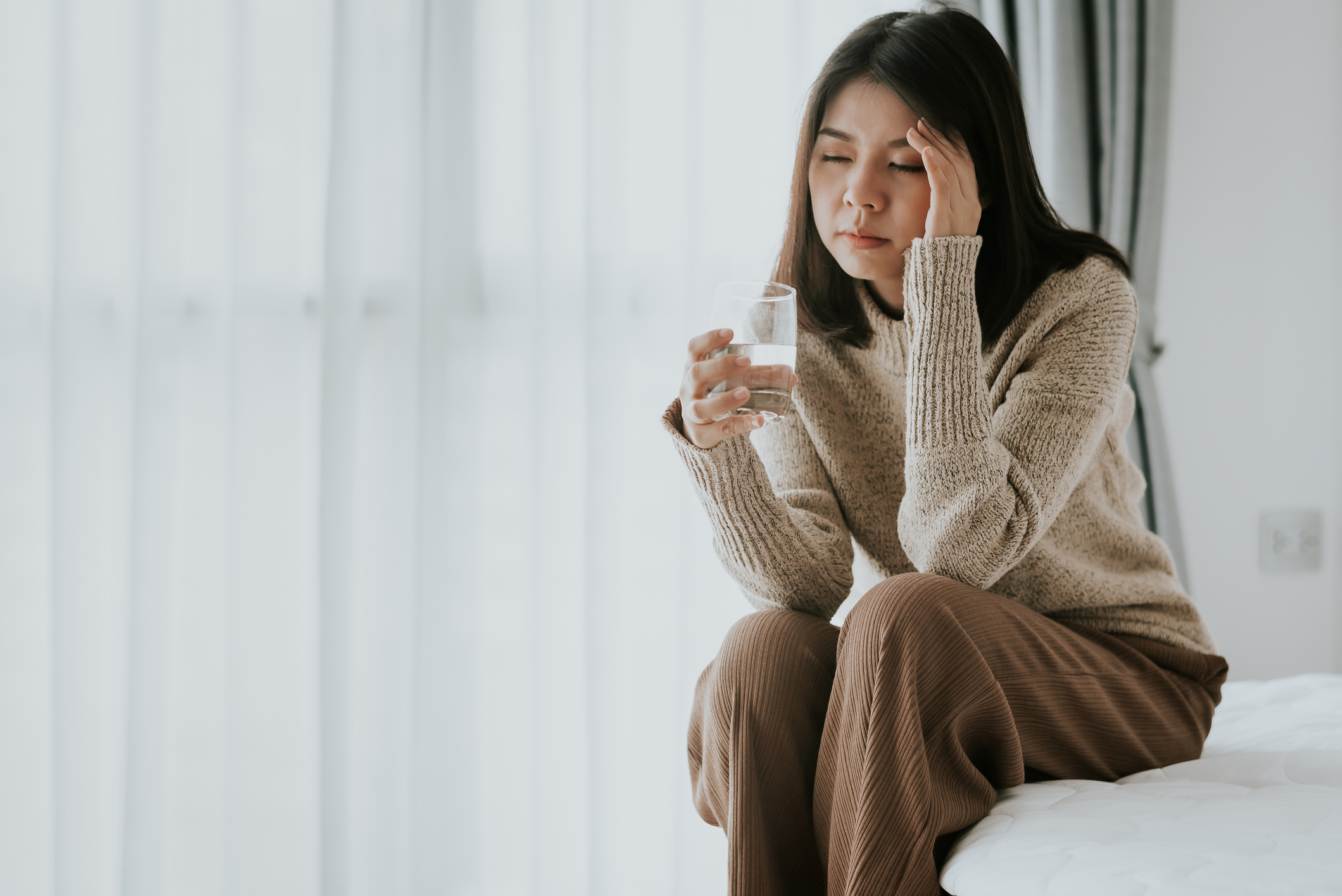Get Easy Health Digest™ in your inbox and don’t miss a thing when you subscribe today. Plus, get the free bonus report, Mother Nature’s Tips, Tricks and Remedies for Cholesterol, Blood Pressure & Blood Sugar as my way of saying welcome to the community!
The biological reason most drugs don’t relieve pain in women

Carolyn Thomas, a Mayo Clinic-trained women’s health advocate tells this story about her granddaughter:
One morning, after Carolyn had taken a hard fall while out with her walking group, her granddaughter examined the bloody scab on Carolyn’s knee and asked, seriously, “Did you cry?”
Carolyn thought a moment, then replied that she’d thought about crying at the time, but then patted herself all over, realized she wasn’t badly hurt and decided not to cry.
This was a revelation to her granddaughter who, like most girls, had been socialized to react to pain with emotion: crying, and sharing verbally how it feels, and how much it hurts.
Little boys, on the other hand, are socialized to be strong, tough and uncomplaining about pain, even to the point of denying that they are in pain.
Ironically, we’re finding out that, beyond how girls and boys are socialized, there are actual biological and chemical reasons that cause women to experience pain differently from their male counterparts, and often more acutely.
A female hormone acts on pain receptors
Dr. Frank Porreca is a professor of pharmacology, anesthesiology, cancer biology and neuroscience at the University of Arizona College of Medicine.
Together with four other researchers, he has discovered that the actions of a female hormone are responsible for increased functional pain in women.
Functional pain refers to pain that occurs without injury. Migraines and fibromyalgia fall into this category.
Dr. Porreca and his team found that the female hormone prolactin is behind the fact that more females than males experience functional pain. Prolactin’s normal function is to promote lactation in expectant mothers before they give birth and after childbirth.
Prolactin apparently acts on nociceptors, sensory receptors that receive painful stimuli.
And, on top of that, the team has found that taking opioids to try and relieve this type of pain may actually make it worse, inducing a state known as opioid-induced hyperalgesia. That’s right… women receiving treatment with opioids could actually become more sensitive to certain pain.
«SPONSORED»
A “Catch-22” for women
According to Dr. Porreca, three out of four of the 35 million migraine sufferers in the United States are women. As many as nine out of 10 people with fibromyalgia are also women.
Yet, due to gender bias in health care, women are less likely to receive proper medical attention for their pain.
A Swedish study pointed out that much of the literature on pain describes males with chronic pain as “stoic,” “autonomous” and “in control,” while women in pain are often described as “hysterical,” “malingering” and “fabricating pain” (as if it’s all in their head).
On the other hand, men lose out, too, because of these gender stereotypes.
For example, fibromyalgia is looked at as a “women’s disease,” but in this informative article, Dr. Geo Espinosa talks about fibromyalgia in men
Controlling chronic pain naturally
There are tons of reasons to avoid opioids. Now, we can add the chance of actually making pain worse to that list.
Luckily, there are abundant natural ways to work through chronic pain…
Here’s a list of foods and supplements that can control migraines naturally.
Here’s how the right light could help with migraines, from an affiliate partner.
Here, Dr. Mark Wiley gives us seven ways to beat fibromyalgia pain. And here, Dr. Brad Cutler gives us 18 prescription-free ways to get pain free.
Editor’s note: Are you feeling unusually tired? You may think this is normal aging, but the problem could be your master hormone. When it’s not working, your risk of age-related diseases skyrockets. To reset what many call “the trigger for all disease” and live better, longer, click here to discover The Insulin Factor: How to Repair Your Body’s Master Controller and Conquer Chronic Disease!
Sources:
UArizona study identifies hormone that causes women to experience more pain than men
“Brave men” and “emotional women”: gender bias and pain
Mice Study Identifies Hormone That Suggests Why Women Experience More Pain Than Men
The Girl Who Cried Pain:A Bias Against Women in the Treatment of Pain













